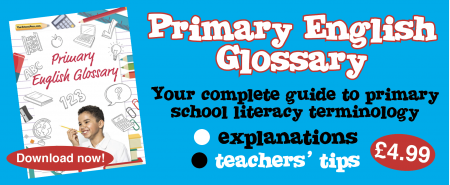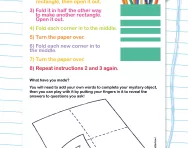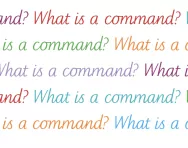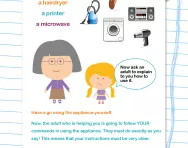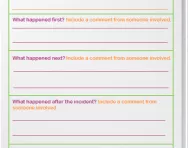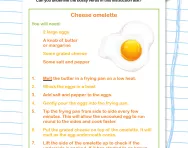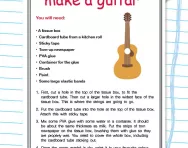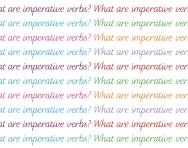TheSchoolRun.com closure date
As we informed you a few months ago, TheSchoolRun has had to make the difficult decision to close due to financial pressures and the company has now ceased trading. We had hoped to keep our content available through a partnership with another educational provider, but this provider has since withdrawn from the agreement.
As a result, we now have to permanently close TheSchoolRun.com. However, to give subscribers time to download any content they’d like to keep, we will keep the website open until 31st July 2025. After this date, the site will be taken down and there will be no further access to any resources. We strongly encourage you to download and save any resources you think you may want to use in the future.
In particular, we suggest downloading:
- Learning packs
- All the worksheets from the 11+ programme, if you are following this with your child
- Complete Learning Journey programmes (the packs below include all 40 worksheets for each programme)
You should already have received 16 primary school eBooks (worth £108.84) to download and keep. If you haven’t received these, please contact us at [email protected] before 31st July 2025, and we will send them to you.
We are very sorry that there is no way to continue offering access to resources and sincerely apologise for the inconvenience caused.
What is instruction text?
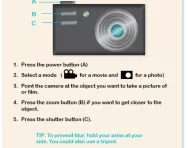
What is an instruction text?
An instruction text is a text that explains to someone how to do something, such as bake a cake, play a game or work a DVD player.
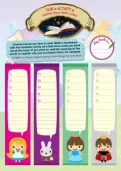
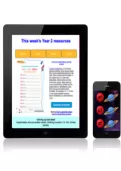
Boost Your Child's Learning Today!
- Start your child on a tailored learning programme
- Get weekly English & maths resources sent direct to your inbox
- Keep your child's learning on track
How are instruction texts taught in primary school?
Children will be shown a range of instruction texts, such as recipes, manuals and game instructions. They will discuss the features of instruction texts:
- clear layout
- a 'You will need' list which explains what ingredients or tools are required
- numbered points
- 'bossy' verbs (imperative verbs) such as 'put', 'take', 'mix', 'spread'
- Instruction texts also often use time connectives at the start of each numbered point ('First', 'Next', 'Then' and 'Lastly').
In class, children may be given some instructions to follow and be asked to discuss how effective they are. This helps them to understand the importance of clear and comprehensive instructions.
Children will then be asked to draft their own instruction text. This could be related to something they are doing at school (for example, if they are making puppets, they might write an instruction text explaining how to do this). A teacher may give them a writing frame with boxes and numbers to help them set out their writing. Children will be asked to edit and improve their writing if they have forgotten any of the main features, or if some of their instructions do not make sense.
The aim of an instruction text is to be clear and concise, rather than descriptive.
As children move up the school, they may be expected to write more complicated instruction texts, with detailed labelled diagrams (for example, they may be asked to write an instruction text on how to use a camera).
Read our parents' guide for details of all non-fiction texts studied in primary school.
